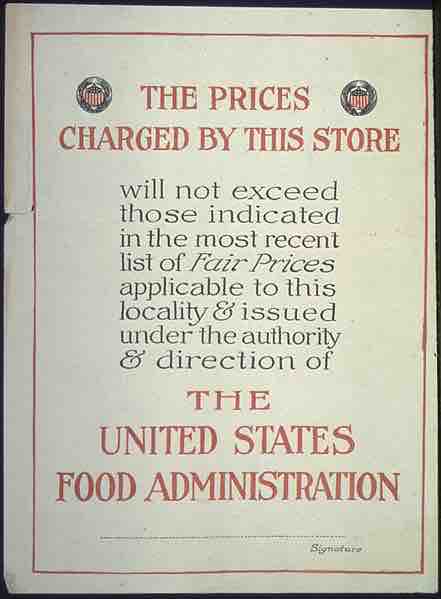Customer Needs and the Competitive Environment
When customers spend money on a product or service, their main objective is to add value to their lives in some way. Managers can implement a market-oriented pricing model to account for such behavior. Under this strategy, a company sets a price based upon analysis and research compiled from its target market. Marketers can also study this effect on their products using Economic Value for the Customer (EVC). EVC is based on the insight that a customer will buy a product only if its value to them outweighs the value of the closest alternative. The utility of a product depends on its value to the customer minus its price. Therefore, to sell a product, a firm needs to price at or below its competitor's price plus the value advantage its product has to the customer over the rival product. In other words, a company can utilize its competitive advantage to implement a pricing strategy that will maximize its profits.
Competitive advantage is defined as the strategic advantage one business entity has over its rival entities within its competitive industry. Achieving competitive advantage strengthens and positions a business better within the business environment. Consider a software company that has developed software that allows its servers to host twice as much web space as its rivals. Relative to buying two servers from a competitor, by buying one doubly efficient server from our company a firm would save $4000 in labor costs, $500 in electricity and $1,500 in software licenses. This suggests that the differentiation value relative to the closest competitive offering is $6,000. The price of two servers from the competitor is $6,800. Therefore, this suggests that the EVC of a server with the software is $6000 + $6800 = $12800.
For a practical implementation of EVC analysis, a firm should:
- Identify what benefit the product provides
- Identify closest competitive offering and calculate its price
- Identify potential sources of differentiation value
- Measure how much value these create
- Add the reference price and differentiation values together to get EVC
Legal and Regulatory Factors
Price controls are governmental restrictions on the prices that can be charged for goods and services in a market. The intent behind implementing such controls can stem from the desire to maintain affordability of staple foods and goods, to prevent price gouging during shortages, and to slow inflation, or, alternatively, to insure a minimum income for providers of certain goods. There are two primary forms of price control, a price ceiling, the maximum price that can be charged, and a price floor, the minimum price that can be charged .

Price Controls
An example of a poster declaring regulatory pricing in the United States.
Historically, price controls have often been imposed as part of a larger income policy package also employing wage controls and other regulatory elements. Although price controls are often used by governments, economists usually agree that price controls don't accomplish what they are intended to do and are generally to be avoided. During World War I, the United States Food Administration enforced price controls on food. Price controls were also imposed in the US and Nazi Germany during WWII.